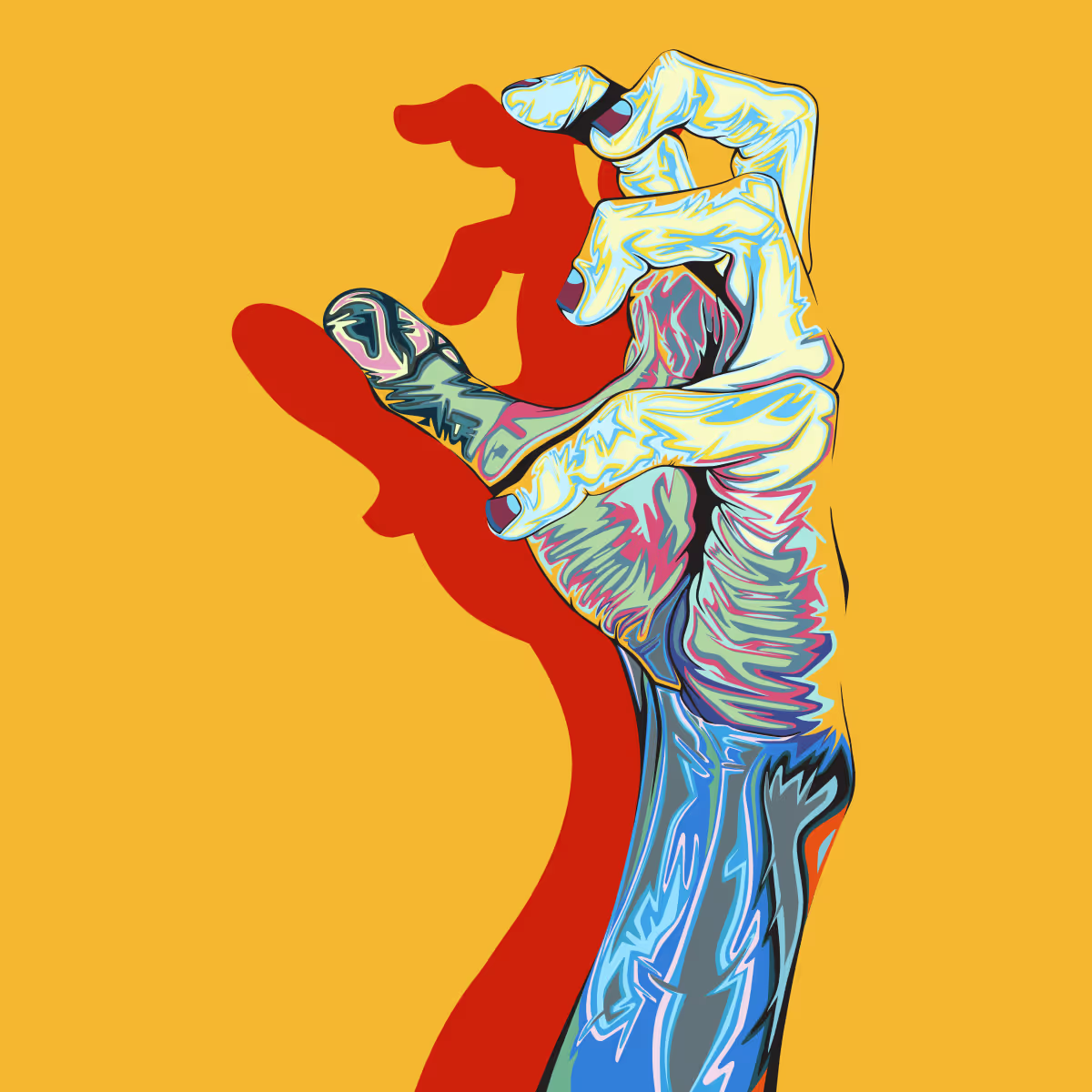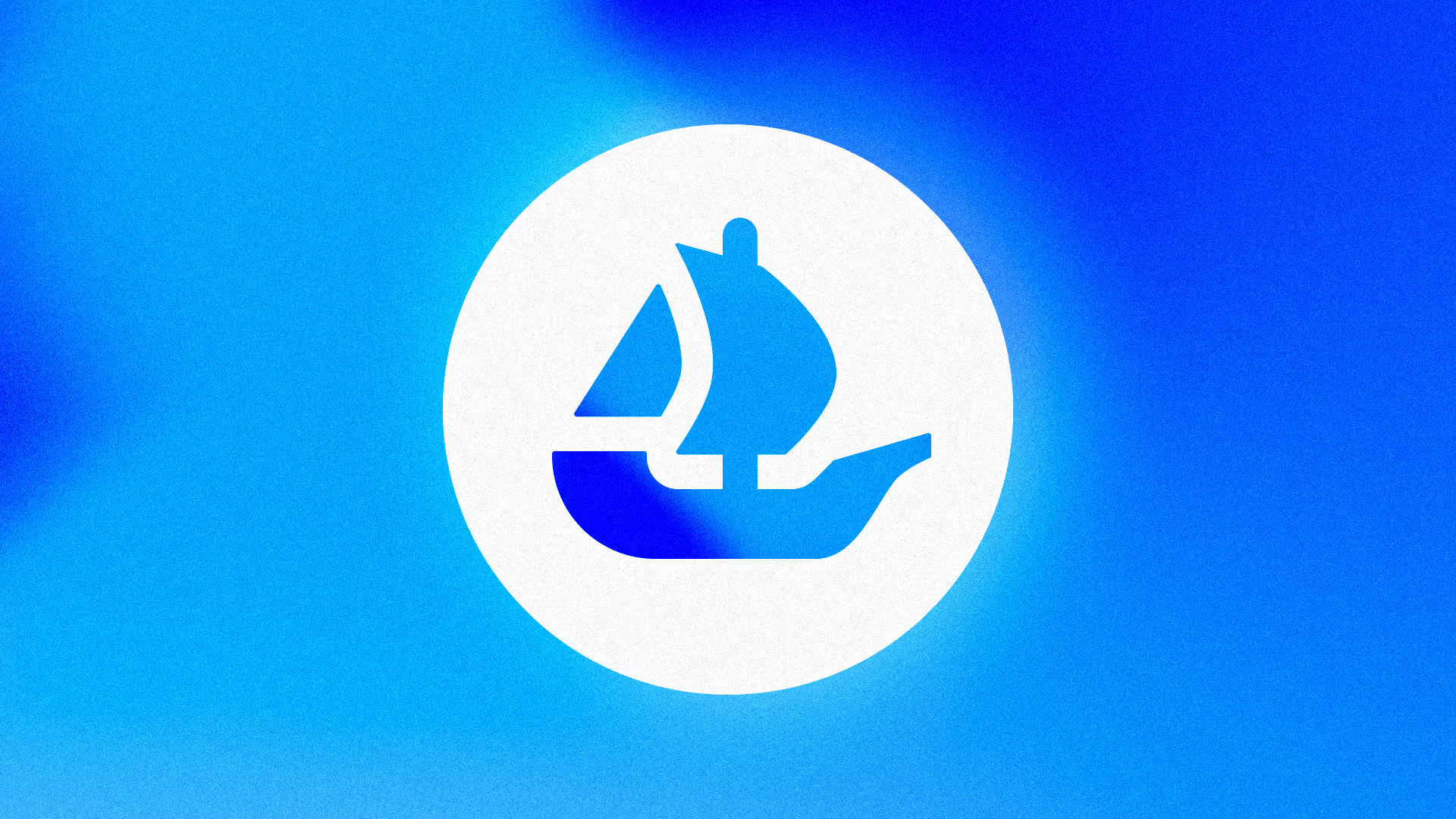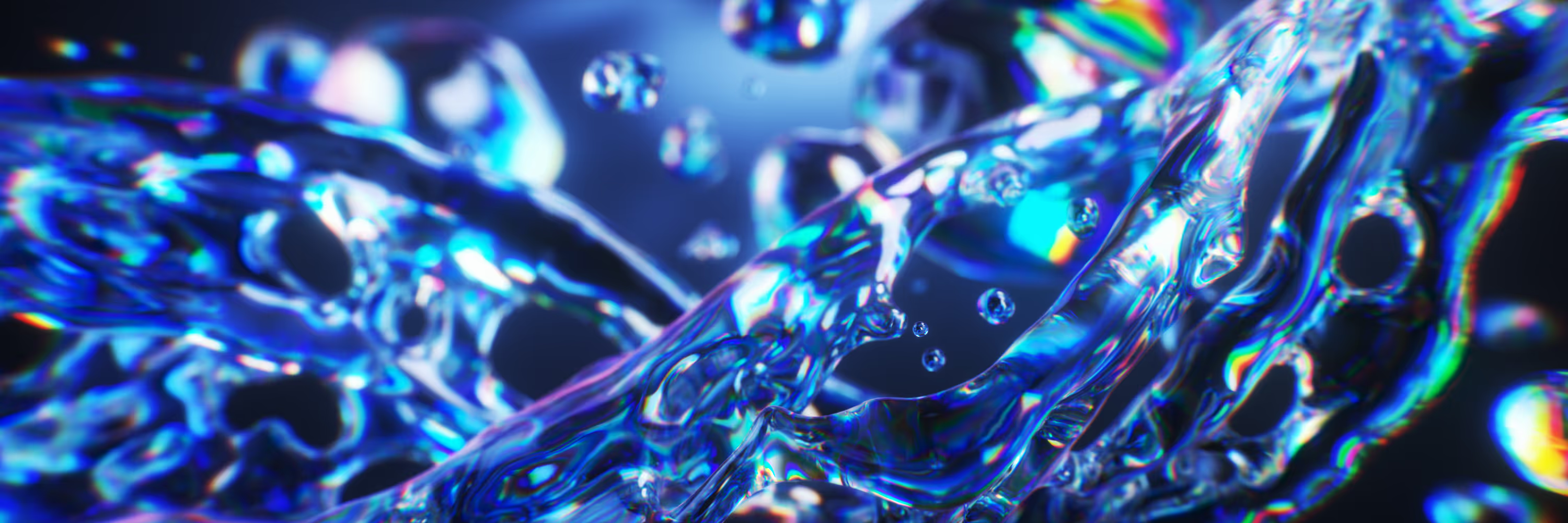Editor's note: Carty Sewill is an employee at OpenSea
A traditional artist turned NFT creator, Carty Sewill has more than a decade of content online. The founder of ART101, Carty has minted-out 40,000 free NFTs over 13 original collections. All the while working full-time to support his fellow creators at OpenSea. Experimenting with everything from generative publications, to AR, and on-chain art, his portfolio is an eclectic mix of historical reference and original works.
To celebrate our "Get Based" campaign featuring Base creators, we're dropping a commemorative poster reimagining "The Endless Summer." Entering the public domain upon publication in 1966, it's an image that has proven itself synonymous with surf culture in mainstream America. Just as OpenSea and Base are to NFTs. Check out the drop here.
Opensea: Could you introduce us to your art style and the main themes you explore in your artwork?
Carty: Simply put, my artistic style is a blend of Henri Matisse's, my favorite artist, Fauvism and Andy Warhol's pop aesthetics. I explore themes ranging from art history, to personal insights, and pop culture.
Opensea: Can you walk us through your creative process when developing an NFT collection or piece?
Carty: My NFT work predominantly aligns with my personal interests, specifically art history and other random esoteric topics. I usually just grab onto something of interest, a current obsession or new insight, and run with it.

Opensea: Can you discuss any unique challenges or opportunities you encounter when creating art, specifically for the digital realm of NFTs?
Carty: I experiment with various mediums in generative art, from vector art to generative AR NFTs and publications. The intersection of code and art offers unique creative opportunities, contrasting with my traditional art background.
Opensea: What motivated you to create on Base? How do you think Base's features will benefit your artistic expression?
Carty: I started on Base through the We Heart the Art Competition, which encouraged me to give the superchain a try. Base's low transaction fees allow creators and collectors to experiment without much financial risk, lowering the entry barrier. For a mostly free minter like myself, it’s the best of both worlds. I can put something out and see what happens, without placing undue financial burden on would-be collectors.
Opensea: How has blockchain technology influenced or changed the way you approach art creation?
Carty: Before NFTs, I preferred traditional art’s tangibility. NFTs changed my view by making digital art feel "holdable." The NFT community’s pension for generative art also opened new aesthetic opportunities. Instead of painting on a singular piece of wood, trying to find the best possible combination of colors/content, I can explore a multitude of possibilities at once over hundreds or thousands of pieces.

Opensea: How do you plan to engage with your audience through your NFTs on OpenSea? Are there any interactive elements or community-driven aspects to your work?
Carty: Many of my collections are interactive, including generative zines and AR NFTs. ART101 for example, interacts with collectors via education. Exploring art history within the context of NFTs, investigating how NFTs parallel and extend art history. In other works, like Unaboomer, I’ve tried to explore interactivity by allowing users to destroy each other's NFTs. I’m just having fun, sharing my interests, and trying out new things. If you’d ever like to talk shop, join the ART101 discord.
Opensea: What future developments in the NFT space excite you the most, and how do you plan to incorporate these into your future projects?
Carty: I’m excited for the possibility of on-chain games on Base, having already made one on mainnet with plans for a future drop on Base. As well as the ability to create truly on-chain generative art, using vectors, without the mainnet price tag. As transacting becomes easier and cheaper with Base/Optimism and new minting methods like Frames grow, there’s so much to explore. I’m also having a lot of fun in the ordinals space.

Opensea: What advice would you give to artists who are new to the NFT space and are considering launching their first digital collection?
Carty: Don’t take yourself too seriously. Build an audience, offer free mints, be authentic, have fun, and see where it leads!
Opensea: Where do you see the future of digital art and NFTs heading in the next five years? How do you hope to contribute to this future?
Carty: Developers are increasingly dominating the space. In five years, I expect an even balance between art and code. Hopefully I can keep up. The possibilities are boundless, as adoption grows and fees lower, the content will evolve far beyond static images. I aim to contribute by staying adaptable and innovative.
.avif)




.avif)
.png)
.png)
.png)
.png)



.png)